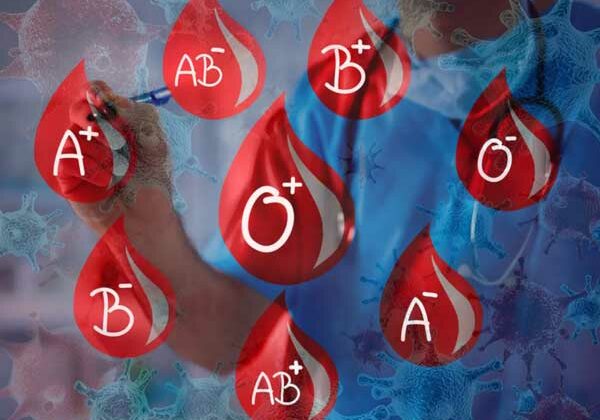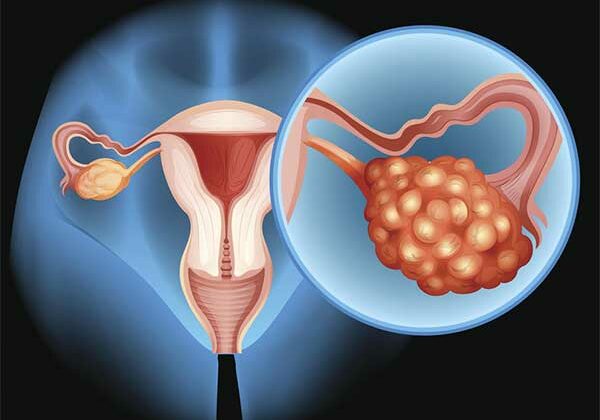Trial reports first successful results for heart failure with preserved ejection fraction
Empagliflozin reduces the risk of a composite of cardiovascular death or hospitalisation for heart failure in patients with heart failure and a preserved ejection fraction (HFpEF) with or without diabetes. That’s the finding of late breaking research presented in a Hot Line session today at ESC Congress 20211 and published in the New England Journal of Medicine.2
The EMPEROR-Reduced trial previously showed that the sodium–glucose co-transporter 2 (SGLT2) inhibitor empagliflozin reduced the risk of cardiovascular death or hospitalisation for heart failure in patients with heart failure and a reduced ejection fraction.3
EMPEROR-Preserved evaluated the effects of SGLT2 inhibition in HFpEF patients with and without diabetes.4 The trial enrolled 5,988 symptomatic HFpEF patients (left ventricular ejection fraction over 40%) with and without type 2 diabetes from 622 centres in 23 countries. Patients were required to have elevated N-terminal pro B-type natriuretic peptide (NT-proBNP) concentrations (over 300 pg/mL in patients without atrial fibrillation and over 900 pg/mL in patients with atrial fibrillation) along with evidence of structural changes in the heart or documented history of heart failure hospitalisation.
Participants were randomised in a 1:1 ratio to receive empagliflozin 10 mg daily or placebo, on top of all appropriate treatments for HFpEF and co-morbidities. The primary outcome and the first two secondary outcomes were included in a hierarchical testing procedure. The primary endpoint was a composite of cardiovascular death or hospitalisation for heart failure. The first secondary outcome was hospitalisations for heart failure, including first and recurrent events. The second secondary outcome was the rate of decline in the glomerular filtration rate (eGFR) during study treatment.
The average age of participants was 72 years and 45% were women. The average ejection fraction was 54%. During a median follow-up of 26 months, a primary outcome event occurred in 415 of 2,997 patients (13.8%) in the empagliflozin group and in 511 of 2,991 patients (17.1%) in the placebo group (6.9 vs. 8.7 events per 100 patient-years; hazard ratio [HR] 0.79; 95% confidence interval [CI] 0.69–0.90; p=0.0003); this effect was mainly related to a lower risk of hospitalisation for heart failure in the empagliflozin group. The number of patients who needed to be treated with empagliflozin to prevent one primary outcome event during a median study period of 26 months was 31 (95% CI 20–69).
The effects on the primary outcome were observed across all prespecified subgroups, including patients with or without diabetes and those with a left ventricular ejection fraction of less than 50%, 50% to less than 60%, or 60% or more.
Regarding secondary outcomes, the total number of hospitalisations for heart failure was lower with empagliflozin than with placebo (HR 0.73; 95% CI 0.61–0.88; p<0.001). The rate of decline in eGFR was slower in the empagliflozin group compared with the placebo group (–1.25 vs. –2.62 ml/min/1.73 m2/year; p<0.0001).
Regarding safety, serious adverse events occurred in 1,436 patients (47.9%) in the empagliflozin group and in 1,543 patients (51.6%) in the placebo group. Adverse events leading to discontinuation of treatment occurred in 571 patients (19.1%) in the empagliflozin group and in 551 patients (18.4%) in the placebo group. Uncomplicated genital and urinary tract infections and hypotension were more common in patients treated with empagliflozin.
Principal investigator Professor Stefan Anker of Charité University Hospital Berlin, Germany said: “Empagliflozin convincingly reduced the combined risk of cardiovascular death or hospitalisation for heart failure in patients with heart failure and a preserved ejection fraction, with and without diabetes. This drug has the potential to become a new standard treatment for these patients, who currently have few therapeutic options.”
Source: European Society of Cardiology (ESC)
Full bibliographic information
1EMPEROR-Preserved: effect of empagliflozin on cardiovascular death and heart failure hospitalisations in patients with heart failure with a preserved ejection fraction, with and without diabetes.
2 Anker S et al. Empagliflozin in Heart Failure With a Preserved Ejection Fraction (EMPEROR-Preserved). N Engl J Med. 10.1056/NEJMoa2107038
3Packer M, Anker SD, Butler J, et al. Cardiovascular and renal outcomes with empagliflozin in heart failure. N Engl J Med. 2020;383:1413–1424.
4Anker SD, Butler J, Filippatos GS, et al. Evaluation of the effects of sodium–glucose co-transporter 2 inhibition with empagliflozin on morbidity and mortality in patients with chronic heart failure and a preserved ejection fraction: rationale for and design of the EMPEROR-Preserved Trial. Eur J Heart Fail. 2019;21:1279–1287.





